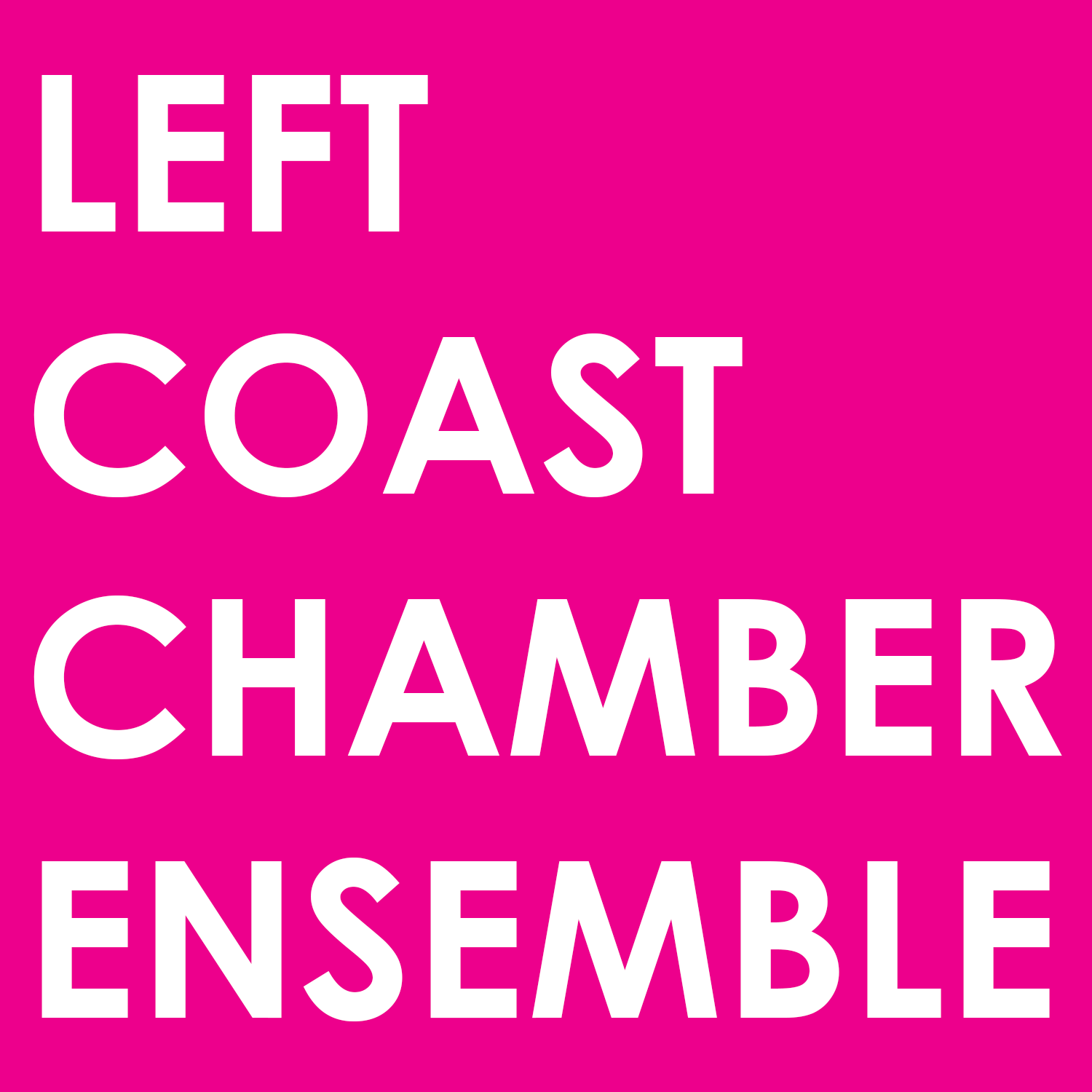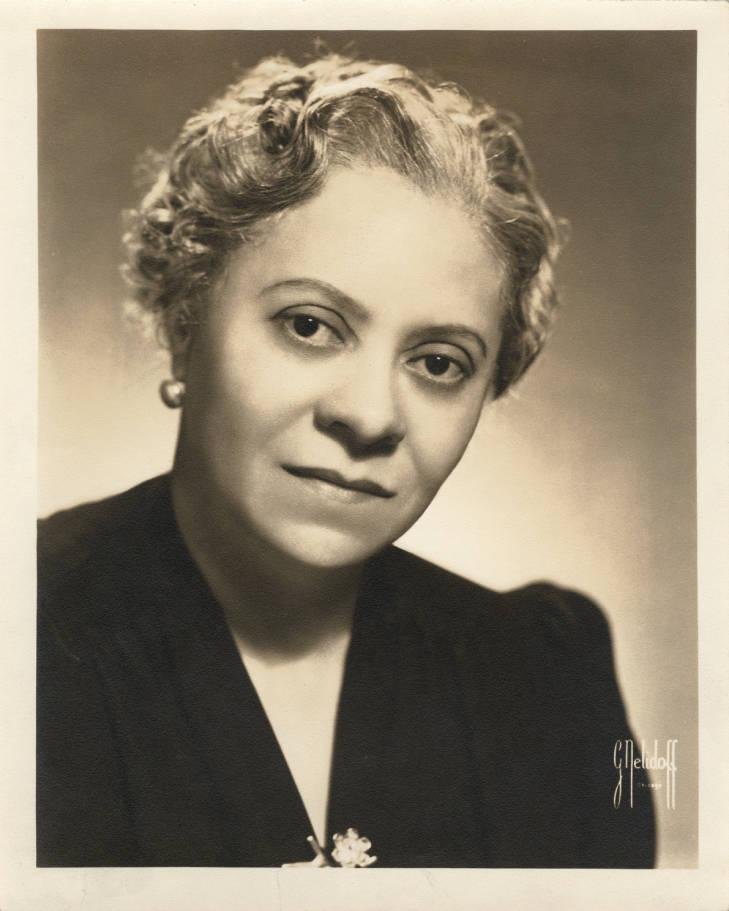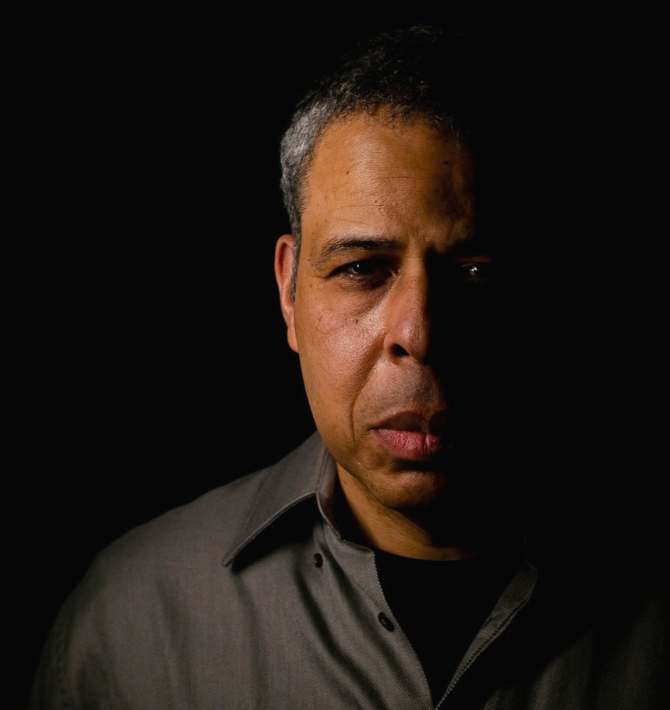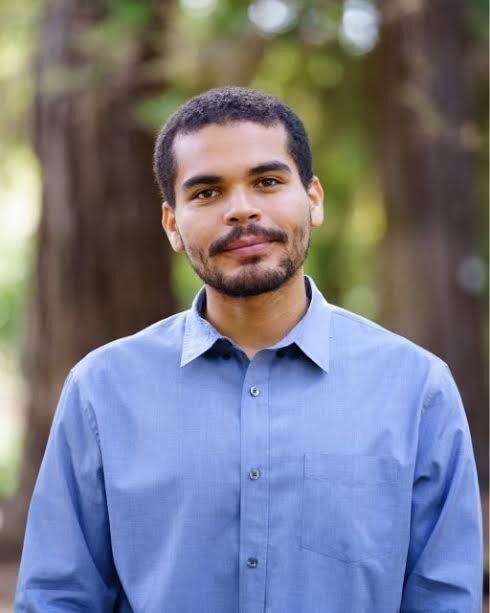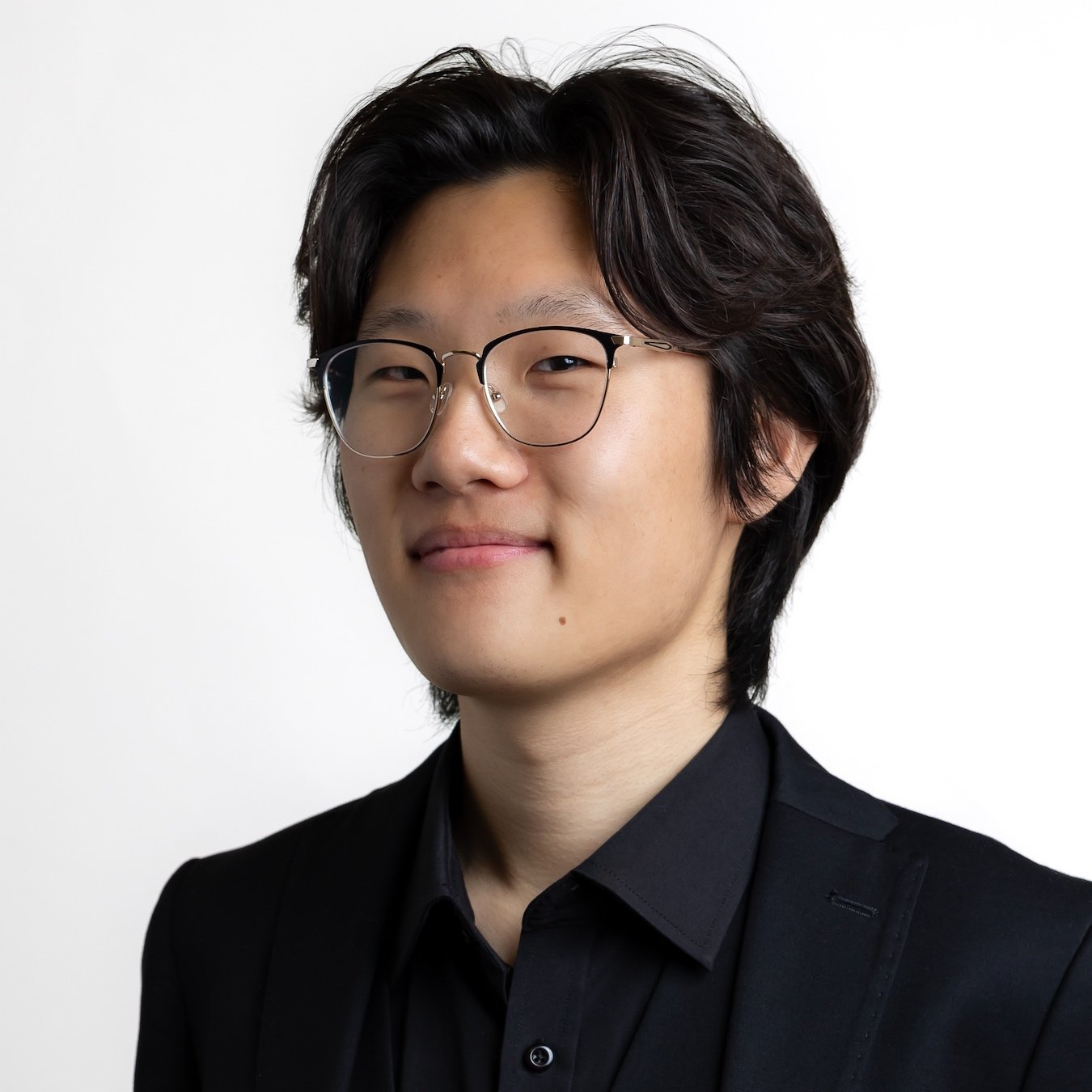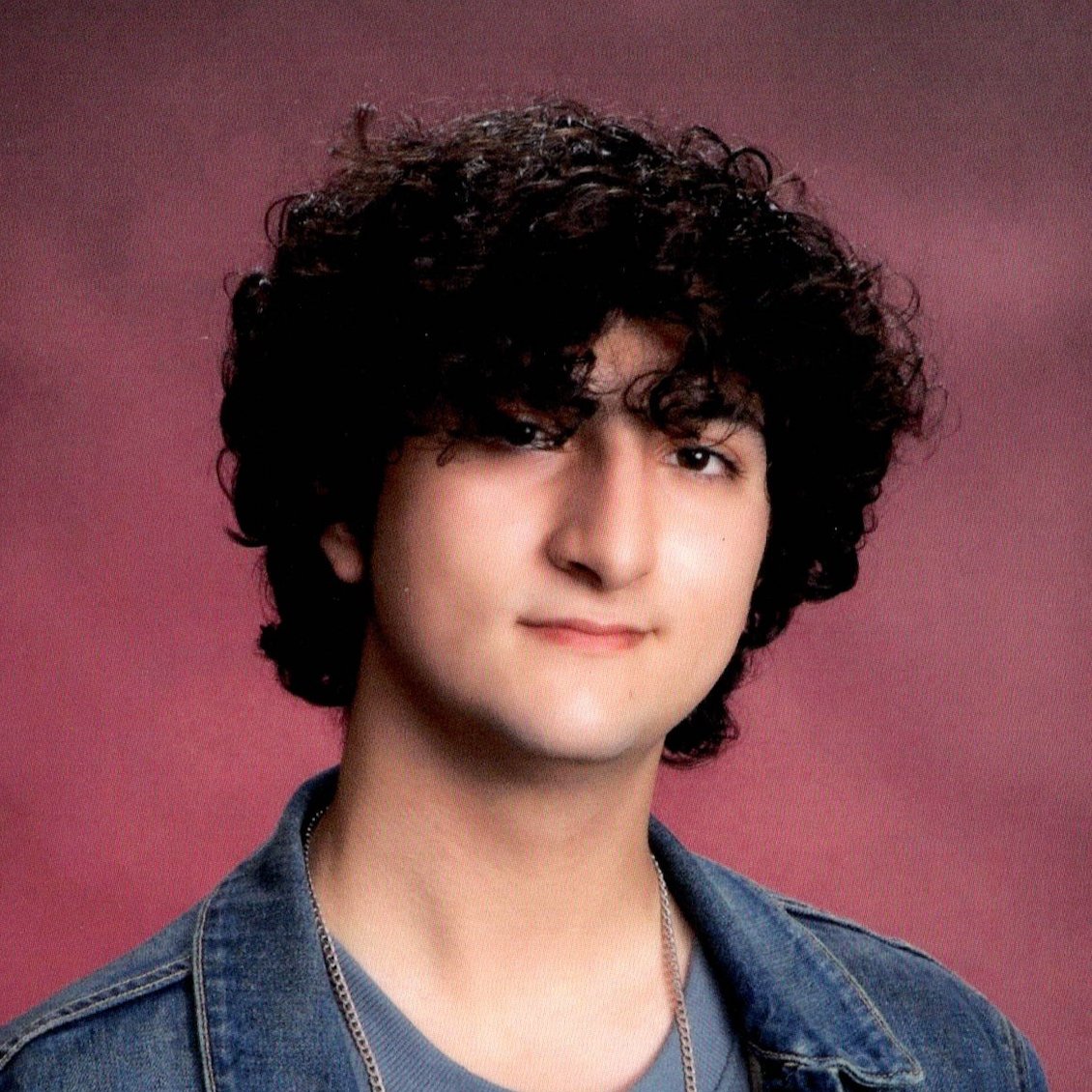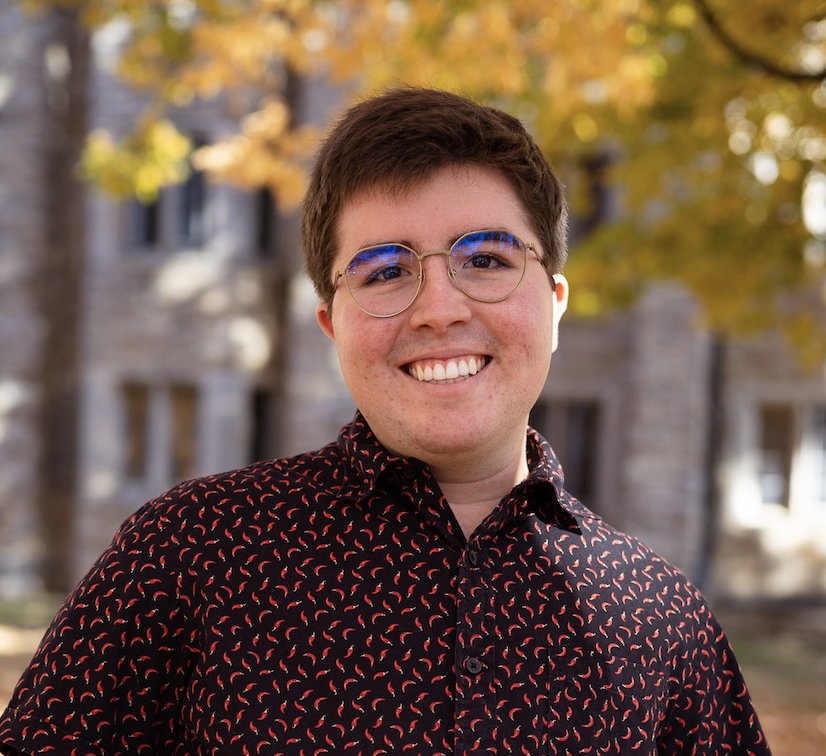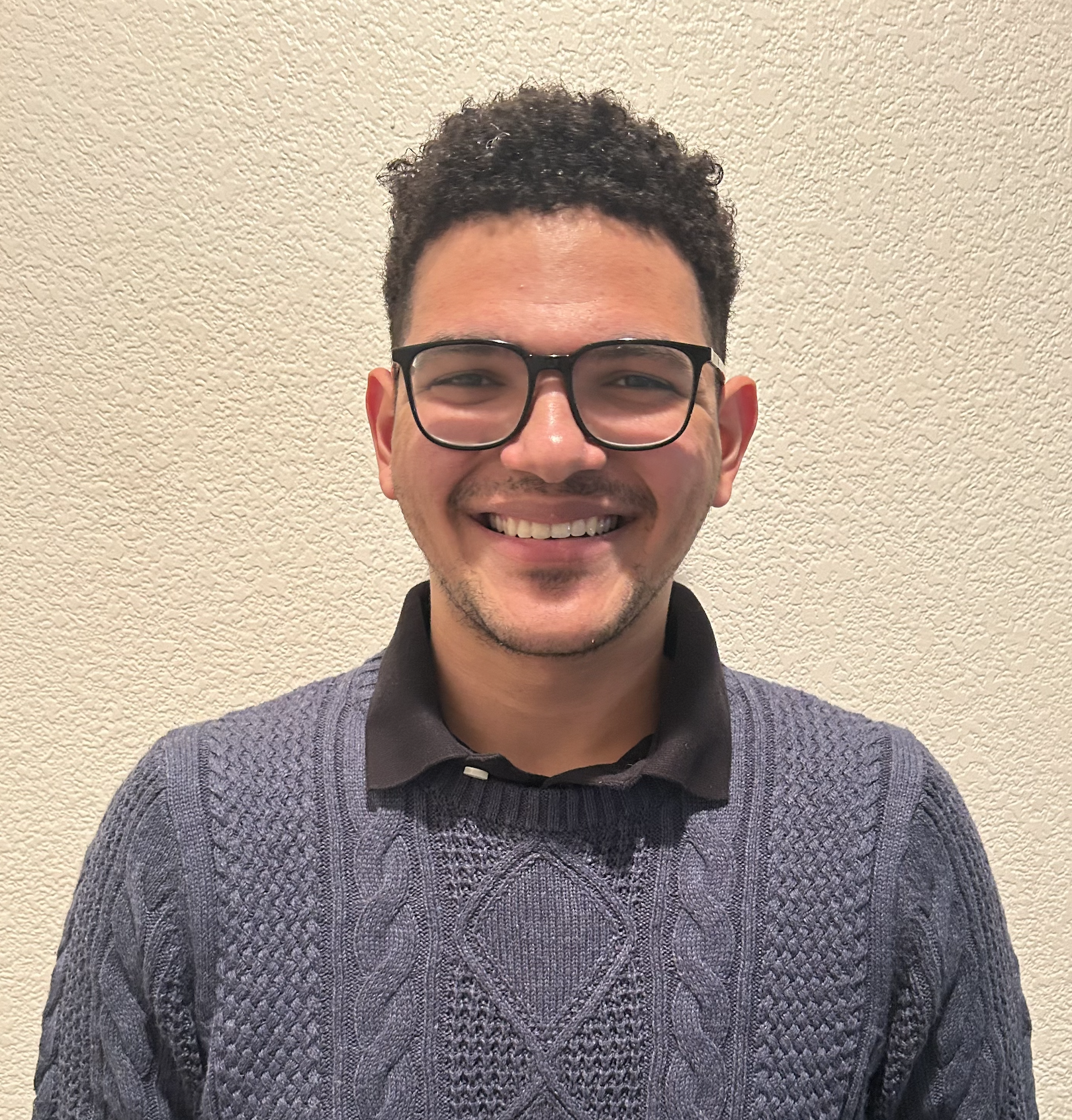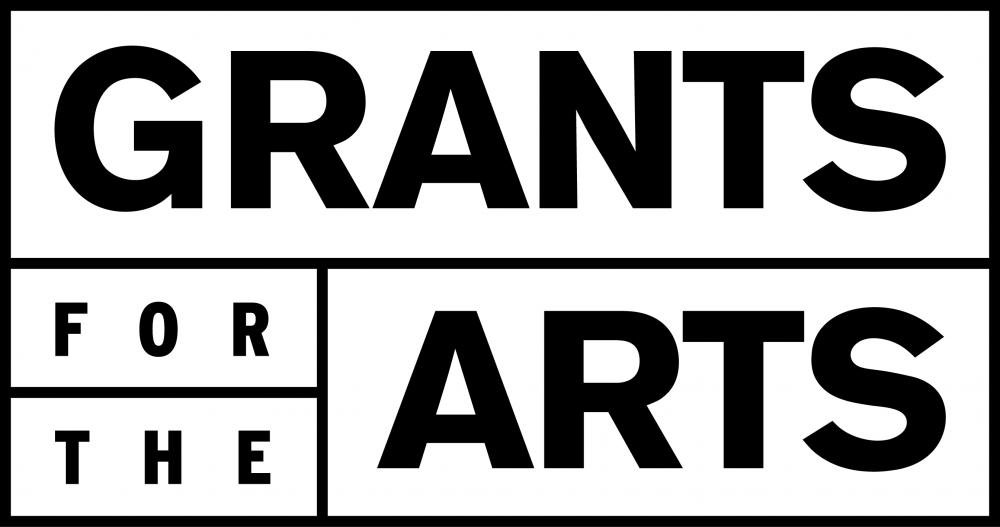Pathways: Florence Price Piano Quintet
In celebration of Black Music Month, Left Coast presents Florence Price’s romantic Piano Quintet alongside music by David Sanford and a World Premiere from Chris Castro. Also featured will be new works from emerging California composers taking part in our Pathways professional mentorship project.
(Composers selected for the project will workshop their music with Left Coast musicians in April, with performances to follow in June. Composers will receive a professional recording of their work –– vital to progress to the next step of their careers.)
Program includes:
Florence Price - Piano Quintet in A minor
David Sanford - Klatka Still
Chris Castro (Pathways Mentor) - Missa Brevis (WORLD PREMIERE)
To be performed on June 8:
Kevin Barba (Pathways Participant) - Baile de mi Morena (WORLD PREMIERE)
Sebastian Lopez Bossi (Pathways Participant) - Previously (WORLD PREMIERE)
Christopher Martin (Pathways Participant) - Bubbles (WORLD PREMIERE)
TO BE PERFORMED ON JUNE 9:
William Jae (Pathways Participant) - Ricocheting Blades (WORLD PREMIERE)
Maile Pacumio (Pathways Participant) - Wings of Resolve (WORLD PREMIERE)
Evan Wright (Pathways Participant) - Something Will Grow (WORLD PREMIERE)
Artists
Allegra Chapman, piano
Anna Presler, violin
Jory Fankuchen, violin (Guest Artist)
Phyllis Kamrin, viola
Leighton Fong, cello
Michel Taddei, double bass
Stacey Pelinka, flute
Andrew Friedman, clarinet (Guest Artist)
THANK YOU TO OUR SUPPORTERS!
This activity is supported in part by the California Arts Council, a state agency. Learn more at www.arts.ca.gov.
This project is supported in part by the National Endowment for the Arts. To find out more about how National Endowment for the Arts grants impact individuals and communities, visit www.arts.gov.
This concert is generously co-sponsored by Susan Shalit and Mary Logger.
Meet the Composers
-
-
Florence Price - Piano Quintet in A minor
Born into a musical family in Little Rock, Arkansas, Florence Beatrice Price (1887-1953) learned the ABC’s at the keys of her family’s Ivers & Pond piano and published her first composition before she turned twelve. The question of what she would make of herself struck Price earlier than it did for most, as she graduated from high school and began looking towards college at only fourteen. Considering it far too unlikely that a woman in her time and place would be afforded the opportunity to become a doctor or a lawyer, Price opted instead to pursue what is surely the most certain and stable career path there is: that of a composer.
At the age of fifteen, Price enrolled at the New England Conservatory of Music in Boston, Massachusetts, where she specialized in organ performance and piano teaching — she was the only double major in her class. While at the conservatory, Price studied closely with George Whitefield Chadwick, a composer with an ear for American folk songs and a tendency to incorporate their melodies into his own compositions. In his lessons with Price, Chadwick made a point to highlight Antonín Dvořák’s adept employment of Moravian and Bohemian folk melodies in his catalog of works — of which Price quickly became an avid listener — and encouraged Price to explore the synergistic potential of incorporating influences from African American spirituals and folk songs into her largely European-derived work. Thus Price set out to write music that would represent her fully, not only artistically but culturally.
Referencing American folk music, blues, and spirituals in the same breath as the European classical canon, Price’s music began to amass a substantial audience after it won a composition competition sponsored by the Rodman Wanamaker Foundation in 1932. One year later, the Chicago Symphony Orchestra premiered her Symphony No. 1 in E Minor — with this, Price became the first Black woman to receive a premiere by a major American orchestra. Working in the heart of the Chicago Black Renaissance, Price hosted regular gatherings with other artists in her home, connecting in friendship and artistry with the likes of Langston Hughes and Marian Anderson. Her music, encompassing almost every genre, evolved to ever more often and ever more boldly represent her own mixed cultural heritage. In a letter to Serge Koussevitsky, conductor of the Boston Symphony Orchestra, Price wrote: “I have an unwavering and compelling faith that a national music very beautiful and very American can come from the melting pot just as the nation itself has done.”
The Quintet in A Minor is thought to have been completed in 1936, at which point Price’s name had become virtually synonymous with symphonic music; and echoes of the symphony can be heard even in this intimate setting of chamber music. Taking a classic four-movement structure, the piece opens with Allegro non troppo, which deviates from the typical sonata-allegro structure to allow room for references to romantic French organ symphonies and Price’s own catalog of spirituals. The music of this single movement, at once studious and free, at once tender and contentious, is equally reminiscent of the close-quartered practice room and the vast Arkansas plain, the winding path of the past and the daunting journey onward. Andante con moto, Price’s inventive take on the rondo, follows. With textures alluding to choral orchestration and shifts in tempo verging on improvisatory, the movement has a clear grounding in spiritual music, which finds its welcome home in the customary lyricism of a classic second movement. Where a minuet may have filled the space of a European Romantic-era third movement, Price includes a Juba: a dance from the African American tradition which is highly rhythmic and often celebratory. Price was known to reference the playful and syncopated Juba dance tradition often in her multi-movement works; the Juba movements are some of her most well-known. Scherzo, though clearly derived from folk music, is perhaps the most traditional of the four movements. Compact and driving, it makes for a powerful and unapologetic conclusion to a powerful and unapologetic piece of music. This is the music which Price had always foreseen herself composing: visionary and brimming with purpose, very beautiful and very American.
— Note by Emily Thomas
David Sanford - Klatka Still
Klatka Still’s title refers to two of the composition’s influences, the jazz trumpeter and composer/arranger Tony Klatka whose “Blues for Poland” (for the Woody Herman Thundering Herd, 1974) already had the preferred title, and a roughly 8-second shot of a cross-section of Polish fans televised during the 2006 World Cup in Dortmund immediately after their national team had just lost in the 90th minute to Germany. The other primary inspiration was a memorably atmospheric outdoor concert in Rome by the jazz trumpeter Tomasz Stanko in 2002. Along with flutist Marya Martin and former Meet the Composer president Ed Harsh, who commissioned the work, the composer is most grateful to musicologist Piotr Wilk with whom he attended the Stanko performance.
— Note by the composer
Chris Castro - Missa Brevis
Missa Brevis is an abstract mass for bass clarinet and double bass. Each movement of the mass takes structural cues from the repertory of the early Renaissance. While strict, the organic nature of my timbral, rhythmic, and modal writing develop throughout the five movements. The Credo is modeled after Ockeghem’s Missa Prolationum. The Agnus Dei is a deeply personal counterpoint that I have written for my late double bass teacher, the great Homer Mensch.
Missa Brevis was written for Jeff Anderle and Michel Taddei of the Left Coast Chamber Ensemble. The score is dedicated to them.
— Note by the composer
Christopher Martin - Bubbles
This piece is inspired by conflicting symbolism of bubbles. Like many, I associate bubbles with joyful memories of playing with them as a child, and in that sense they represent innocence, playfulness, and exploration. In certain eras of art, however, they represented the concept of vanitas; that is, inevitability of death, fragility of life, and from that, a sense that life is too transient to have meaning. This piece is my exploration of these concurrently contradictory meanings. Part 1 (Vanitas) references the bursting of bubbles signifying death and the futility of life. Part 2 (Discovery) reflects positive childhood memories of playing with bubbles, as well as the confusion and distress the first time a child sees a bubble disappear. Part 3 (Memento Mori) refers to memento mori, a common feature of vanitas still-life paintings. These are objects placed in artistic compositions that specifically signify human mortality.
— Note by the composer
Maile Pacumio - Wings of Resolve
Wings of Resolve is a musical composition that embarks on a captivating journey, painting a narrative that mirrors the trials, triumphs, and wonders experienced by a young bird taking its first flight.
As the composition progresses, themes of perseverance and resilience emerge, symbolizing the bird’s motivation to overcome obstacles and learn the art of flight. The music soars and dives in sync with the bird’s movements, reflecting the whimsical ascent and graceful descents. Melodic motifs weave in and out like the bird’s intricate flight patterns, capturing the fluidity and elegance of its newfound skill.
Yes, just as in life, the journey of learning to fly is not without its setbacks. Moments of tension present in the music depict the challenges and setbacks encountered along the way — gusts of wind, unexpected obstacles, or moments of doubt. Determined, the bird discovers its inner strength and resilience, finding the courage to spread its wings and soar once more.
— Note by the composer
Sebastian Lopez Bossi - Previously
In Previously, I wanted to challenge myself. Writing this music was a chance to experiment with my style of composition. However, as I continued to write and play with the sounds, I discovered I was writing for myself. While writing this piece, I started playing around by using dissonance, rhythm, range of pitches, and even textures. From pizzicato to arco, to the winds taking the spotlight and the strings stealing it right back. I discovered that for every 454 thirty-second note, there was a big “beat,” which was a neat thing for me to enjoy.
The piece is one movement, a single 10-minute and 26.4-second movement. It starts low — so unhappy in the register that you feel it in your body. It begins gradually ascending, reaching a point where the notes are tearing away at you. But it reaches a final point of calmness, a simple chord that I won’t tell you just yet. A chord that you’ll have to hear.
As I continued composing and adding new ideas, they completely changed how the piece sounded. I enjoyed incorporating and messing with elements from different genres, such as chamber, classical, and film music. My ambition for Previously was to write anything and everything.
— Note by the composer
William Jae - Fencing
My recent enthusiasm for fencing has led me to explore the sounds and gestures of this incredibly fascinating sport. I was amazed after watching several world-class fencing matches online and how agile, yet powerful, their movements were. I sought to learn more about this unique sport and translate the kinesthetics of fencing into music, from the quick parries to the nimble footwork of the athletes retreating and advancing across the floor. The first movement takes inspiration from foil and depicts the quick and precise thrusts of the blade while also slowly introducing the musical vocabulary and sonic textures that would eventually transform itself into the subsequent movements. The second movement depicts the slower pacing and mighty thrusts of épée while also creating a contemplative atmosphere. The third and final movement captures the intense joyride of that of the saber with its incredibly high-paced slashes and aggressive, yet fluid, maneuvers.
— Note by the composer
Kevin Barba - Baile De Mi Morena
Baile De Mi Morena is a trio for violin, clarinet in Bb and piano. The work takes influence from “Banda Norteña” or Band music from Northern Mexico. “Banda Norteña’’ is unique in that the mix of Mexican and American culture is prominent since the music is closer to the U.S. border. This music is inspired by those who study baile folklorico (folkloric dance) from Mexico, but are also raised in a multicultural home. Therefore, this piece celebrates the beauty of mixed heritage throughout California. The music captures what someone might hear, experience and feel from a Norteño style dance while being accompanied or interrupted by other contemporary sounds. This piece is comedic in nature, but does so with dramatic irony.
— Note by the composer
Evan Wright - Something Will Grow
Something Will Grow is a piece inspired by a series of poems entitled, “How Can Black People Write About Flowers At A Time Like This,” by Hanif Abdurraqib. In these poems Abdurraqib explores all aspects of the black narrative in order to create a complex image of blackness that juxtaposes black excellence with the horrific conditions that it is often born out of. Throughout the piece as the main theme returns it is presented alongside various different accompaniments. This is meant to represent how blackness must exist differently in different spaces. In this piece I hope to express the joyousness of blackness while also acknowledging the anguish it must often exist alongside.
— Note by the composer
-
Kevin Barba is a Mexican composer whose music is not one specific category, but a wide soundscape of endless possibilities. His works have been performed by groundbreaking groups such as Brightwork New Music, HEX Ensemble, Hub New Music, CSUF New Music, and various professional artists. His sound presents the heart of Latin music while holding true to sound revolutionaries. Currently, Kevin is a member of the multi-award winning CSUF New Music Ensemble led by Dr. Pamela Madsen and Dr. Eric Dries. Barba typically has the opportunity to write and perform with the Audience Choice Award winning ensemble in CSUF’s annual New Music Festival. His notable experiences bring the unimaginable to life. Barba acknowledges various Latin, Pop, and Classical traditions in his work.
William Jae is a native of Los Angeles, California. His broad interest in the arts and sciences has pushed him to explore and create unique connections through music. From 2019 to 2020, he was a fellow at the Composer Fellowship Program where he was mentored by renowned composers such as Andrew Norman, Sarah Gibson, and Thomas Kotcheff. In 2019, his string trio, Alabaster Wool, was premiered by the Lyris Quartet at the Walt Disney Concert Hall. During the pandemic, William became the recipient of the prestigious Jack Kent Cooke Young Artists Award and made his From the Top debut in Blanket Fort 2, hosted by Peter Dugan. In that same year, he was also a semi-finalist in the 2020 ASCAP Morton Gould Young Composers Award. In 2021, William scored his feature film, which has received several accolades at various festivals. In 2022, he was a fellow at Norfolk New Music Workshop, where his piano quartet, Elegy for the Victims, premiered. William is currently a senior undergraduate at the Eastman School of Music pursuing a dual degree in music composition and psychology. Outside the classroom, he is the artistic director for a student-run chamber orchestra.
Sebastian Lopez Bossi is a Ruth Asawa School of The Arts senior in San Francisco, California. He has played the violin since he was seven and has participated and performed with the Community Music Center's Young Musicians Programs for many years. He is now pursuing composition and is an aspiring composer. He states, “I’m dedicated to creating beautiful melodies and captivating anyone I can.”
Christopher Martin is a composer, singer, and conductor originally from Berkeley, California. Growing up, Chris spent ten years singing in the San Francisco Girls Chorus, and studied composition for two years in the San Francisco Conservatory of Music Pre-College. He recently graduated from St. Olaf College (Northfield, Minnesota) with a Bachelor of Music degree in Composition and Choral Church Music, and he is very grateful to return to Bay Area weather. Currently, Chris can be found singing regularly at the Cathedral of Christ the Light, singing with Volti SF, working with the San Francisco Girls Chorus, and, of course, composing. Outside of music, he is proud to volunteer with the Court Appointed Special Advocate (CASA) program, in support of youth in the dependency court system.
Filipino-Thai composer Maile Pacumio (b. 2002) writes for ensembles and media. Her musical curiosity sparked from listening to video game and movie soundtracks, eventually taking an interest in learning the piano and composition. Her musical style can be described as adventurous and whimsical, with a sprinkle of nostalgia. Maile's works have been performed with the San Diego State University Symphony Orchestra and Wind Symphony, San Diego New Music, and other local music groups. With every composition, she hopes to create a memorable journey for the listener, one that can venture outside of reality, even for just a moment. Currently, Maile creates music under the artist name "Maisic" which can be discovered on all streaming platforms. In addition, she plans to pursue a master's degree in composition at Cal State University Long Beach, in hopes to become a professor.
Evan Wright began his musical journey in 5th grade when he first started playing the saxophone. It wasn't until high school that he began to take music seriously, studying jazz improvisation under his mentor, Joe Mazzaferro. As he progressed musically, his passion grew, leading him to pursue music as a career. After starting at CSU Sacramento in 2020 as a jazz performance major, his musical interests expanded beyond performing. In his sophomore year, he became interested in composing and started writing music for the school's jazz combo. After some positive experiences working with performers to present his original music, he began to take composition more seriously and is now pursuing a double major in Composition and jazz performance. Currently studying with Dr. Shuying Li, Evan is exploring composition from a classical perspective and hopes to find a balance between his experience as a jazz musician and his new interest in classical composition.
-
>> VACCINATION & MASK POLICY
Proof of COVID-19 vaccination and masking are no longer required at these venues.
Image credit: Copyright Henry White, used by permission of Artist. Henry White is a landscape painter working in oils. These are some of his paintings of the oaks, hills and skies of our beautiful Bay Area and beyond. The banner image is a detail of After the Rain.
Saturday, June 8, 2024, 7:30 PM
Piedmont Center for the Arts
801 Magnolia Avenue
Piedmont, CA 94611
Sunday, June 9, 2024, 4:00 PM
Ruth Williams Bayview Opera House
4705 3rd Street
San Francisco, CA 94124
